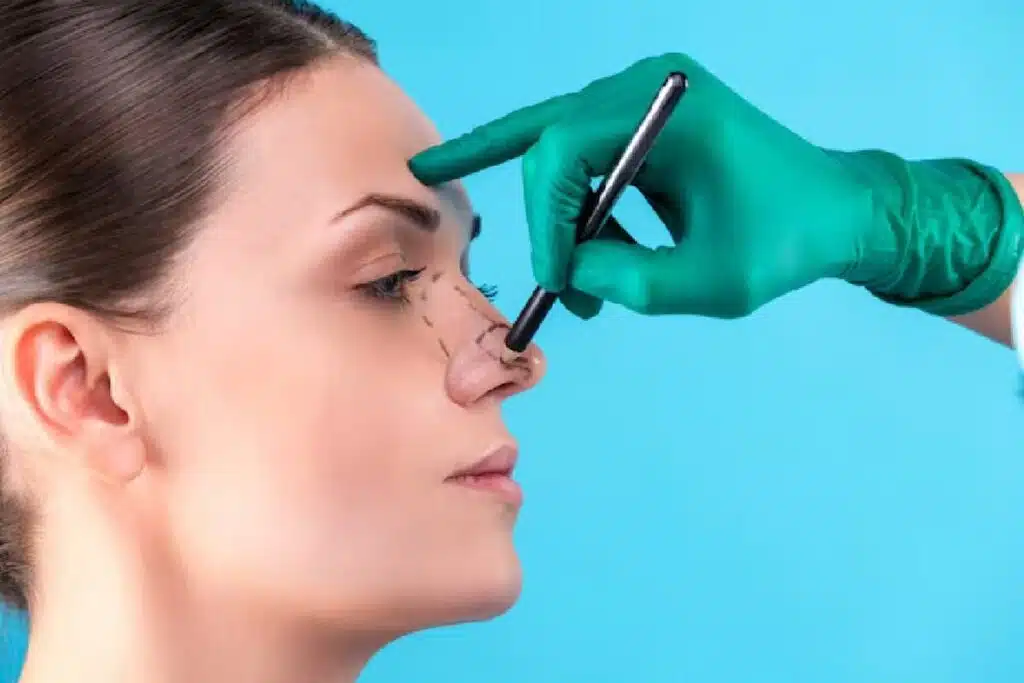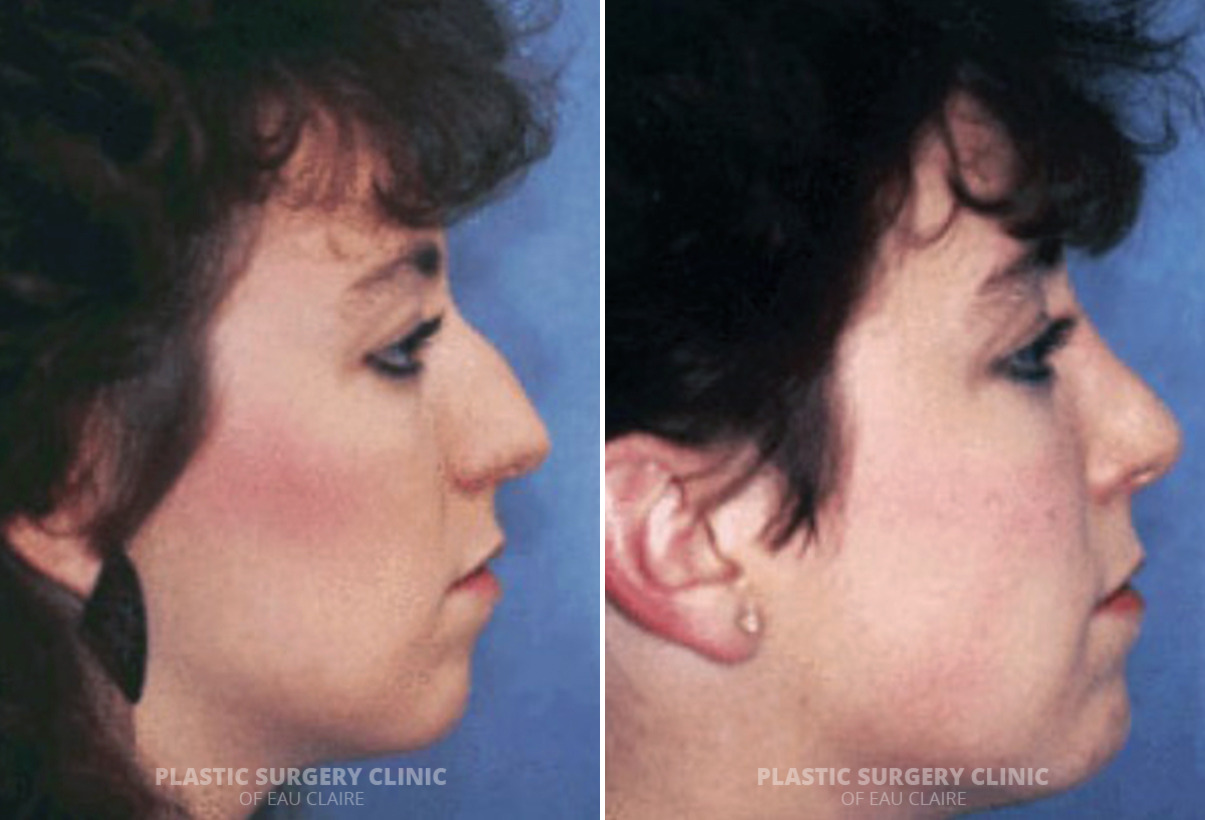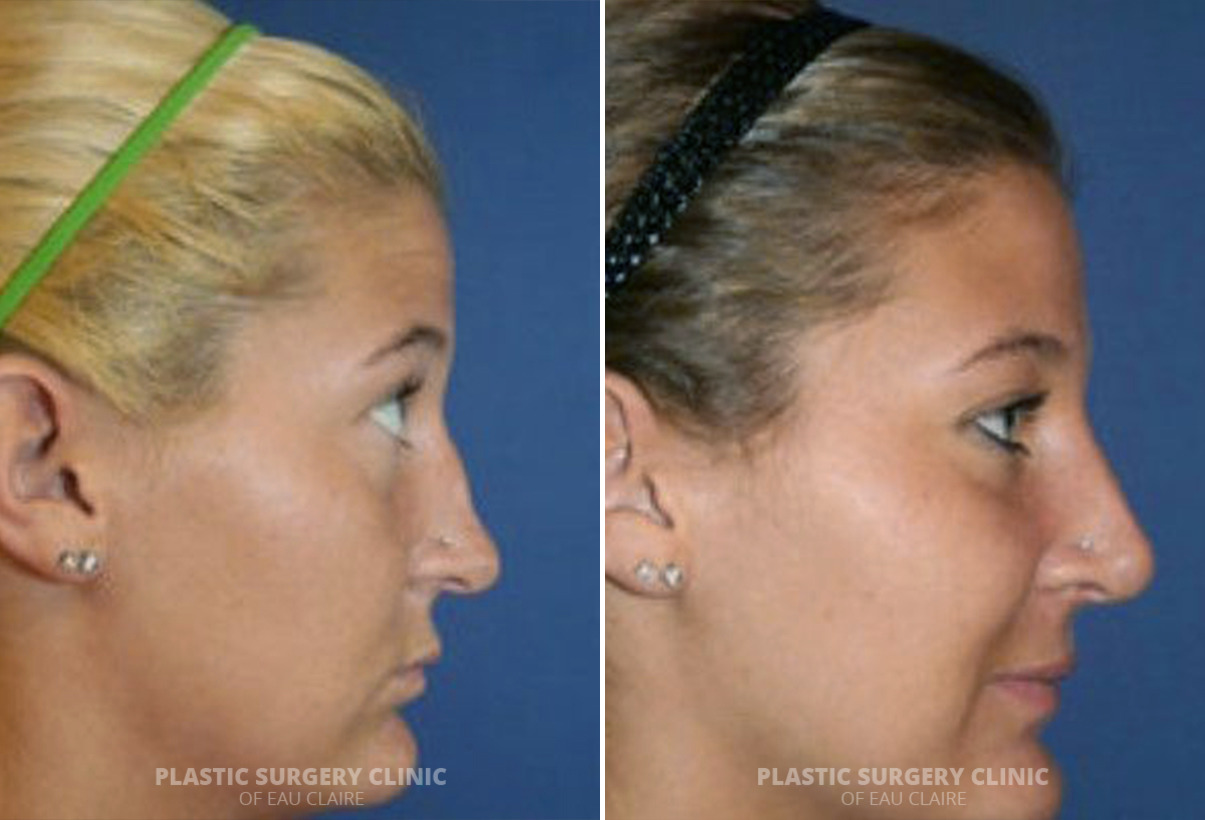Can the body really rebuild itself after surgery? When it comes to rhinoplasty—a nose surgery that sometimes uses rib cartilage for reconstruction—many patients wonder if the body can replace the cartilage taken from the rib. Dr. Ember Ewings, an expert in facial anatomy and plastic surgery, explains what happens to rib cartilage after surgery and whether it regenerates.
For those considering rhinoplasty, concerns about safety are common, especially when rib cartilage is involved. Dr. Ewings reassures patients by addressing common worries and explaining the detailed preparation process, helping individuals make well-informed decisions that balance aesthetics and health.

Can Rib Cartilage Grow Back After Nose Surgery?
Yes, it can; after surgery, the body begins its healing process, but cartilage doesn’t regenerate as easily as other tissues. A thin layer around the cartilage, called the perichondrium, helps create new cartilage cells to replace some of what was removed. While the growth isn’t fast or perfect, it supports healing and maintains structural integrity.
Several factors affect how well rib cartilage regenerates:
- Age: Younger people tend to heal faster.
- Diet and Health: Good nutrition and overall health speed up recovery.
- Amount Removed: Smaller amounts of cartilage taken mean easier regrowth.
- Care After Surgery: Protecting the area helps the body heal properly.
Fortunately, the risk of problems like chest deformities or breathing difficulties is very low. Skilled surgeons monitor healing to ensure the rib area stays healthy and strong. Over time, the body adjusts, and the area where cartilage was removed heals without major issues.
Why Rib Cartilage is Safe and Effective for Rhinoplasty
Benefits of Rib Cartilage
Rib cartilage is one of the best materials for nasal reconstruction. It’s strong, easy to shape, and integrates well with the body. Key advantages include:
- Durability: Rib cartilage holds its shape, which is crucial for both appearance and function.
- Plenty of Material: There’s enough cartilage in the rib to support major reconstructions.
- Lower Risk: Since it’s your own tissue, the chance of rejection or infection is very low.
Using rib cartilage can help achieve a natural look, which is important for confidence and psychological well-being after surgery.
What Are the Risks of Using Rib Cartilage?
Like all surgeries, using rib cartilage comes with some risks. These include:
- Discomfort: The chest area may feel sore where the cartilage was taken.
- Shape Changes: Grafts can occasionally change shape or shrink over time.
- Rare Infections: Though uncommon, infections can occur at the surgical site.
Experienced surgeons minimize these risks by making small, careful incisions and closely monitoring recovery. Techniques have advanced to make this process as safe and comfortable as possible.
Long-Term Results of Using Rib Cartilage in Rhinoplasty
Most patients are very satisfied with the long-term results of rib cartilage rhinoplasty. Studies show that grafts remain durable and functional over time. Regular follow-ups help ensure any issues, like minor shape changes, are caught early and addressed promptly.
Are You Ready For A Consultation?
Join our satisfied clients who’ve experienced safe, effective treatments
Clearing Up Myths About Rib Cartilage Rhinoplasty

There are many misconceptions about using rib cartilage for nose surgery. Here are the facts:
- Myth: Recovery takes too long.
- Fact: Healing time is similar to other nose surgeries, especially with proper aftercare.
- Myth: Rib cartilage doesn’t blend with the nose.
- Fact: Rib cartilage adapts well to nasal structures, especially when handled by skilled surgeons.
By understanding the realities of rib cartilage use, patients can feel more confident about their decisions.
What to Expect After Rib Cartilage Rhinoplasty
Is Rib Cartilage Right for Your Rhinoplasty?
Rib cartilage grafts are ideal for people who need extensive nasal reconstruction or have had previous surgeries that depleted nasal cartilage. Before surgery, your surgeon will evaluate your health and chest structure to ensure you’re a good candidate.
Recovery Tips After Rhinoplasty
Healing from rib cartilage rhinoplasty involves an extra incision on the chest. Here’s what to expect:
- Monitor for Infection: Both the nose and chest areas are checked during recovery.
- Manage Pain: Some discomfort is normal, but it’s manageable with medication.
- Activity Limits: Avoid heavy lifting or chest strain to promote smooth healing.
Surgeons work carefully to minimize scarring and guide patients on how to protect the chest area during recovery.
Primary Rhinoplasty Before and After Photos


* Each patient is unique and individual results may vary.
Comparing Rib Cartilage to Other Options
Rib Cartilage vs Synthetic Implants
Artificial materials, like silicone implants, are a common alternative to rib cartilage. These implants are always available, don’t require donor sites, and offer predictable results. However, they may carry a slightly higher risk of infection compared to natural materials.
Rib Cartilage vs Other Natural Options
Ear cartilage and septal cartilage (from the nose) are also used in rhinoplasty. These materials come with lower risks of rejection and are good for minor changes. However, they might not provide enough support for larger reconstructions, making rib cartilage a better choice in those cases.
Questions to Ask Your Nose Surgeon
When considering rib cartilage for your rhinoplasty, ask:
- How often have you performed this procedure?
- How will the rib cartilage blend with my nasal structure?
- What will recovery involve?
- How do you ensure comfort during and after surgery?
The Future of Rib Cartilage in Rhinoplasty
Rib cartilage continues to play a key role in rhinoplasty due to its strength and versatility. Advances in surgical techniques are making the process less invasive, with quicker recovery times and even better results.
Choosing to undergo rhinoplasty is a big step. Dr. Ember Ewings and her team are here to guide you through every part of the journey. With her expertise, you can feel confident in achieving natural-looking, long-lasting results. Ready to take the next step? Schedule a consultation today!


